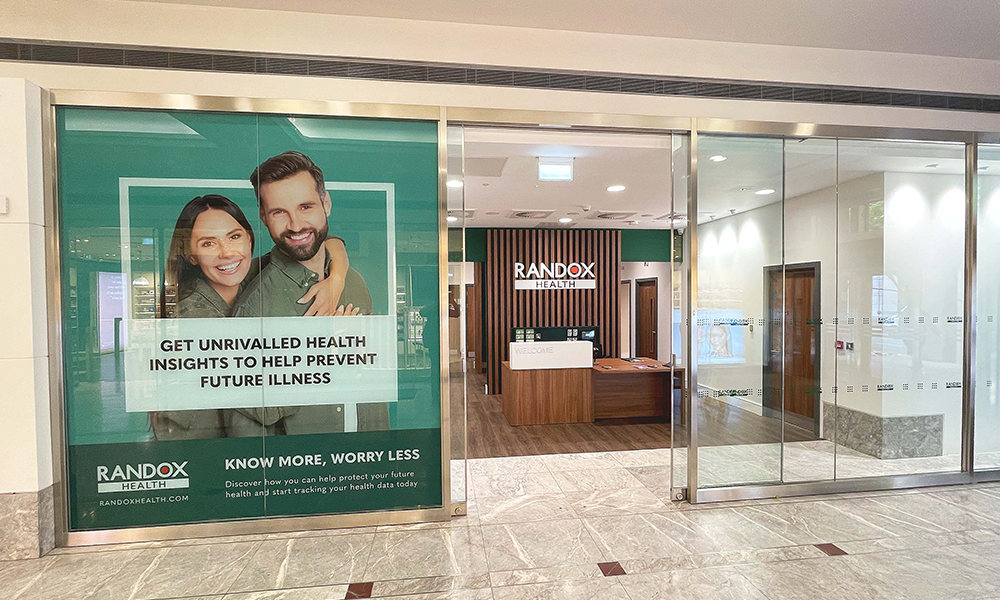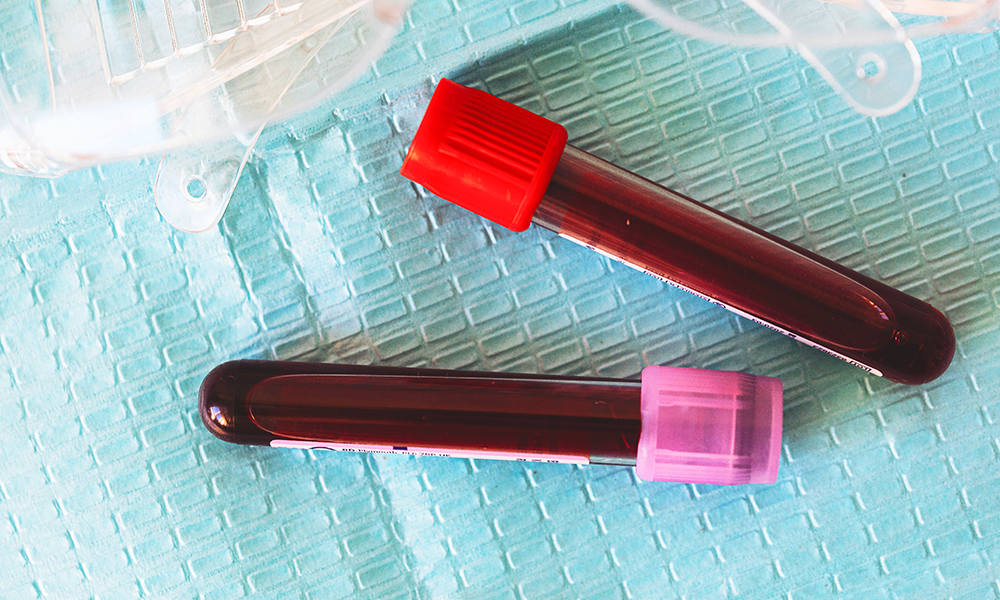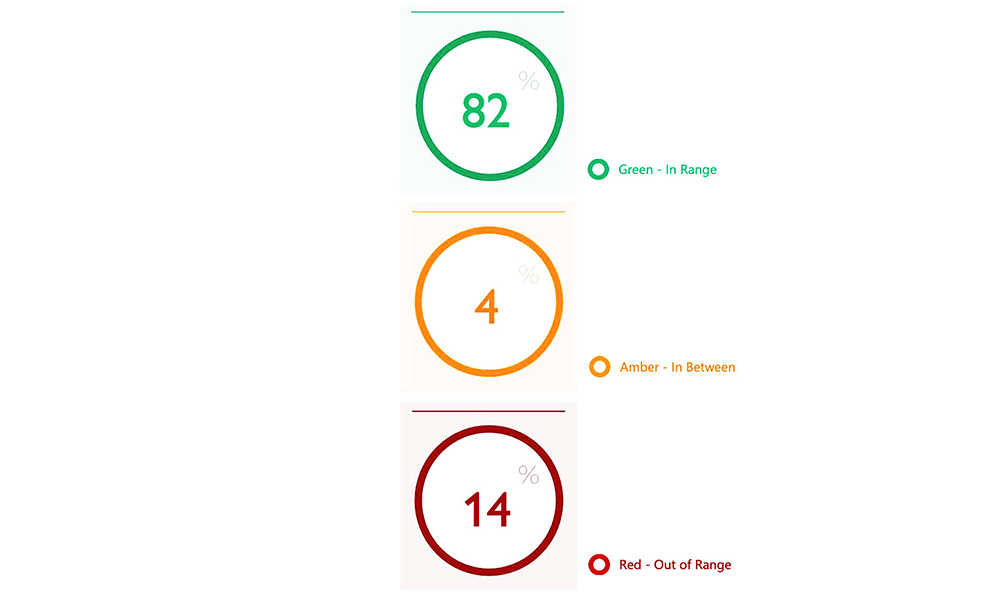Chief operating officer Greg Bale talks engineering and patient-based design at the new facility

Subscribe to our free Wharf Whispers newsletter here
Canary Wharf is constantly evolving.
Some changes are obvious, while others are hardly visible from the outside.
Take the first floor of 40 Bank Street, for example.
Looking at its exterior, few would guess that major engineering has taken place to reinforce a section of the building.
This change was made to enable it to carry the 15 tonnes of weight associated with two state-of-the-art MRI scanners – both craned in through a gap in the wall on a single day.
This retooling of office space has allowed private provider HCA Healthcare to significantly expand its presence in Canary Wharf.
Its recently opened facility now takes up the whole of the building’s first floor.
“It’s 20,000sq ft and offers full diagnostic and treatment facilities,” said Greg Bale, the company’s chief operating officer.
“We have GPs on site offering primary care appointments as well as secondary and tertiary level consultants providing special level care.
“We also have imaging and diagnostic facilities, with MRI, ultrasound and X-Rays, alongside a range of treatment options.
“It’s a one-stop shop for patients – they can have their referral immediately from GP to consultant, then treatment if appropriate.
“If they need more complex surgery, then there’s the backup of the wider HCA network.
“As a provider, we offer everything, right up to the most complex healthcare an individual might require, including cancer care, liver transplants, cardiac surgery and orthopaedic surgery.
“Anyone can access the outpatient services if they’re self-paying, but the majority will have private medical insurance.
“We estimate 75% of local employers provide cover and about 30% of the wider population will have this in place.
“Canary Wharf has been my pet project for the last two years and it feels incredible now that it’s open, having taken it through from concept to our first patient.”
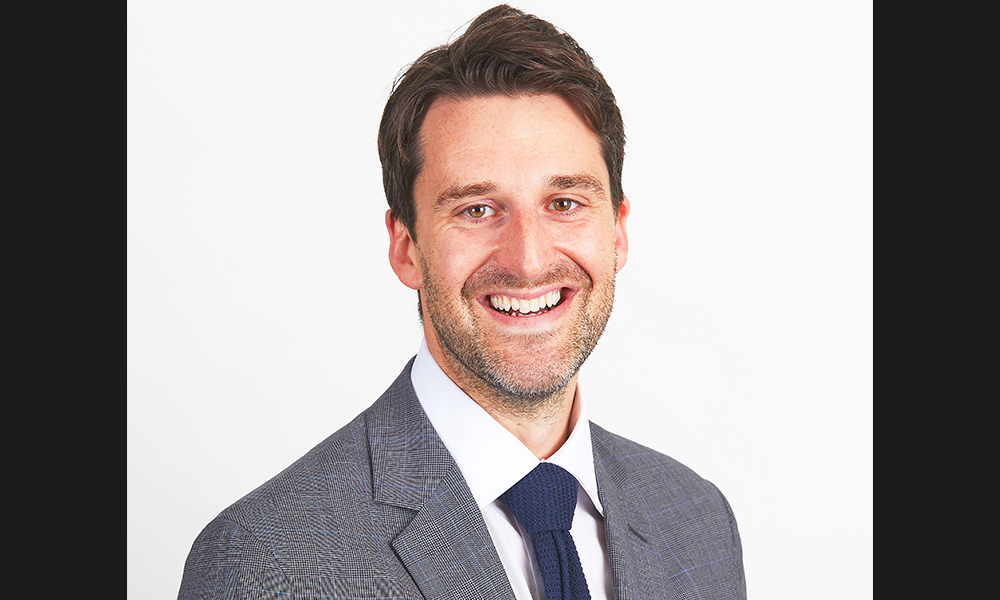
designed around patient need
Greg worked as a pharmacist at Great Ormond Street Hospital before continuing his career at HCA and then making a move into management.
He said he was especially proud of the Canary Wharf facility’s design.
“Involving the medical team throughout the process is the bit I’m most proud of,” he said. “It’s been built around the patients.
“We’ve taken the lead from one of our other flagship facilities at The Shard, which has been really successful as a patient diagnostic centre.
“At Canary Wharf, we’ve taken all the learning from there, and our clinical team has looked at the patient and doctor experience and their requirements and tried to elevate it.
“I think we’ve done that incredibly successfully and the patient feedback we’ve received already – two months in – has reinforced this.”
Measures taken include ensuring waiting areas have plenty of natural light and calm views over the dock to minimise stress.
Treatment rooms each also have their own changing rooms so patients can dress and undress in a contained, coherent environment in privacy.
HCA has also been unafraid to do things differently, creating dedicated treatment facilities for specific procedures thereby opening up more time for the general treatment rooms to be used.
It’s a joined-up approach that streamlines the approach to diagnosis and treatment, ultimately meaning patients should wait less time for results and then any action that may be needed.
With breast cancer, for example, the centre boasts the latest in mammography scanning alongside facilities to biopsy suspect tissue that can potentially deliver a diagnosis in as little as an hour.
Consultants are then on hand immediately to explain the potential implications and next steps.

strong demand for HCA Healthcare
“I hope patients will feel reassured and confident in the service we’re providing,” said Greg.
“I want them to walk away having had a very positive experience.
“Patients should receive whatever it is they were hoping to gain from the advice they’re given on the condition they came with.”
With such depth and quality in its offering, it’s perhaps little wonder that HCA’s Canary Wharf expansion is already proving popular with patients.
“It has exceeded our expectations,” said Greg. “In our first month, we welcomed more than 2,500 patients, which is a very strong start for a recently expanded facility.
“We’re projecting 50,000 patients will walk through our doors within the next 12 months.
“Patient feedback has been very positive too and, as people come back from their holidays, we anticipate more activity.
“At a steady rate, we’re expecting to see between 250 and 300 patients a day, although we have the capacity to increase that further.
“For us, this expansion has been driven by a number of factors.
“We see the City and Canary Wharf as the two most economically strong markets in the UK and feel that will endure.
“For us, the Wharf is a second major hub.
“Tower Hamlets is a rapidly growing borough and the estate’s own strategy, of diversification to become the best residential, retail and corporate market, was key.
“HCA works closely with many major companies to provide health screening for their employee base and we pay a lot of attention to those clients.
“There really is nothing else like us that has the same comprehensive offering.”
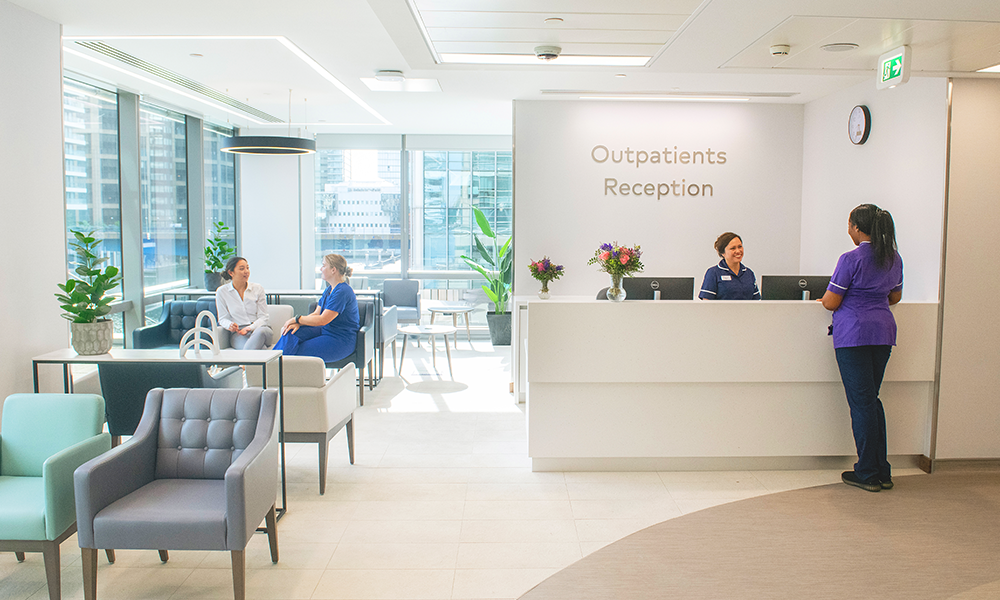
a one-stop-shop
“People know when they come to us that they will encounter experts in their field – whether that’s GPs or consultants.
“They will receive one-to-one care for whatever they have come to see a specialist about and they’ll know the diagnostic facilities are the best available.
“For example, we put two MRI scanners in – a 1.5T and a 3T.
“One isn’t better than the other.
“They have different magnetic field strengths so can be used for different things.
“We wanted to have both at our clinical team’s disposal.
“This approach leads to benefits for our patients.
“For instance, we represent a much younger demographic in the diagnosis and treatment of cancer than the average in the rest of the country.
“The reason for that is our detailed health screening, that patients have rapid access to a GP, can get a diagnosis quickly and then secondary and tertiary care.
“We hope that this results in better outcomes for them.
“It’s all about that one-stop shop – we’re providing patients with choice and building our services around their needs.
“Now patients don’t need to leave Canary Wharf for these services and why should they?”
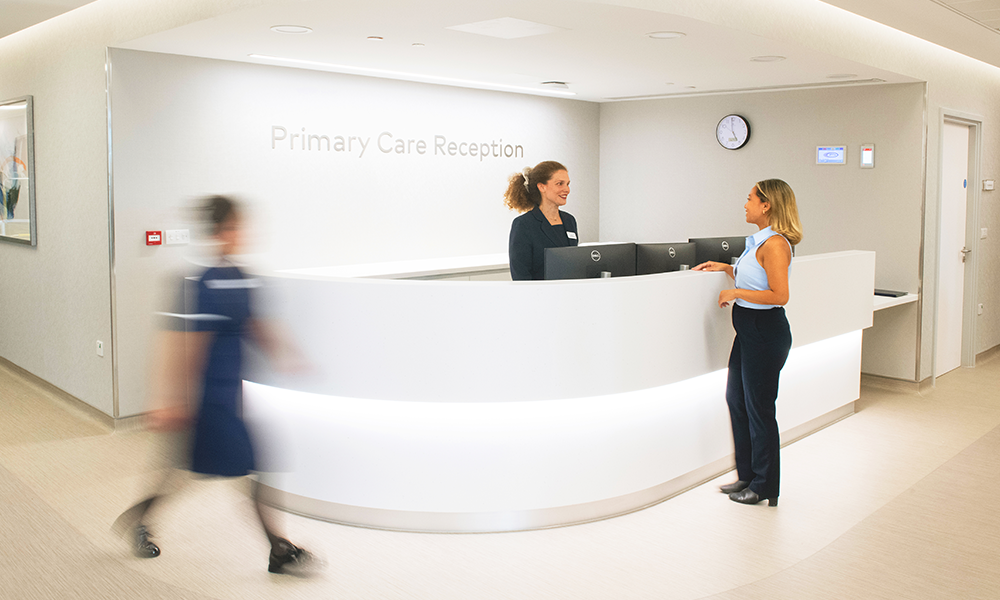
key details: HCA Healthcare
HCA Healthcare is located at 40 Bank Street on the southern edge of the Canary Wharf estate.
It offers primary care, outpatient consultation and treatments and a wide range of diagnostic services.
For a full list of what’s available here.
Read more: How Boat Sales By Aquavista offers residential moorings in east London
Read Wharf Life’s e-edition here
Subscribe to our free Wharf Whispers newsletter here
- Jon Massey is co-founder and editorial director of Wharf Life and writes about a wide range of subjects in Canary Wharf, Docklands and east London - contact via jon.massey@wharf-life.com




